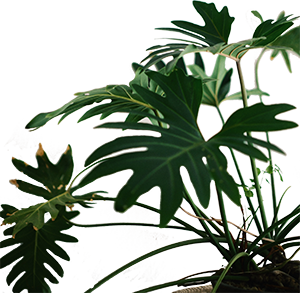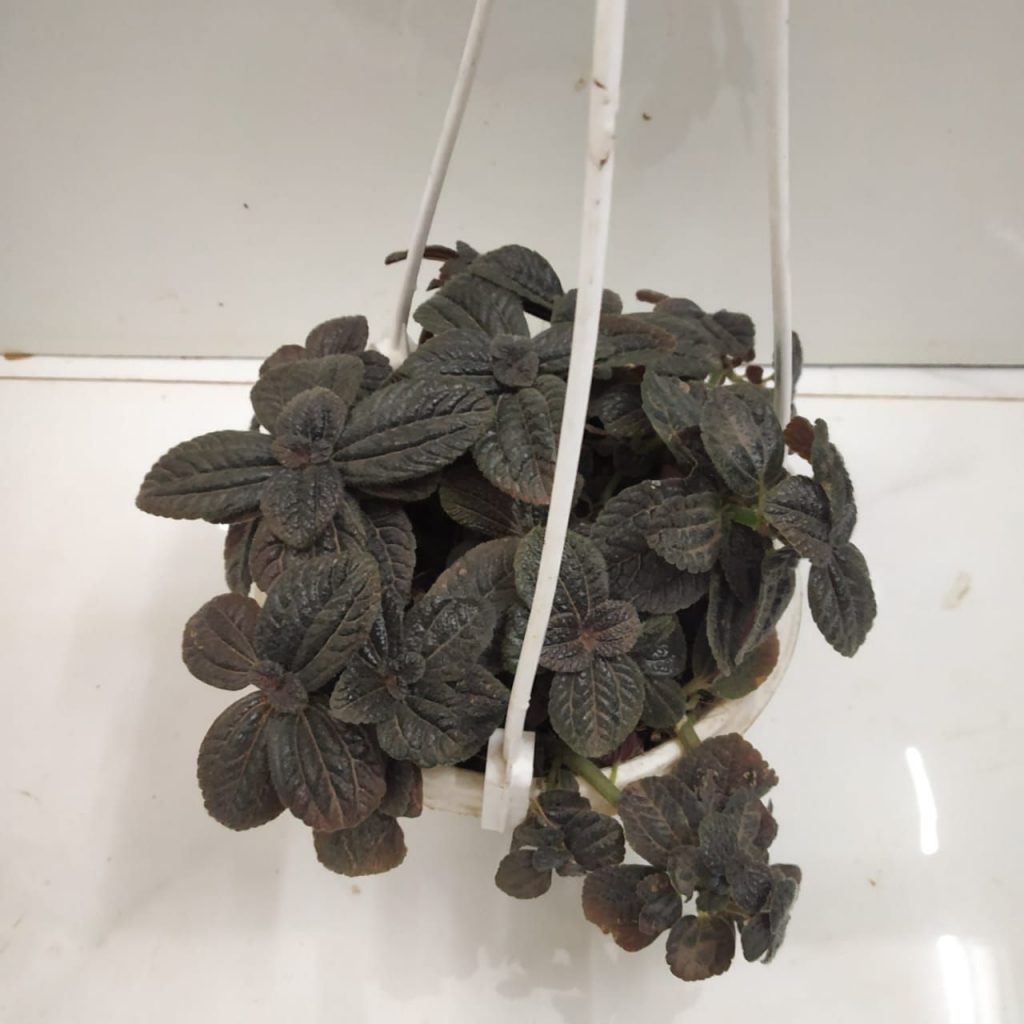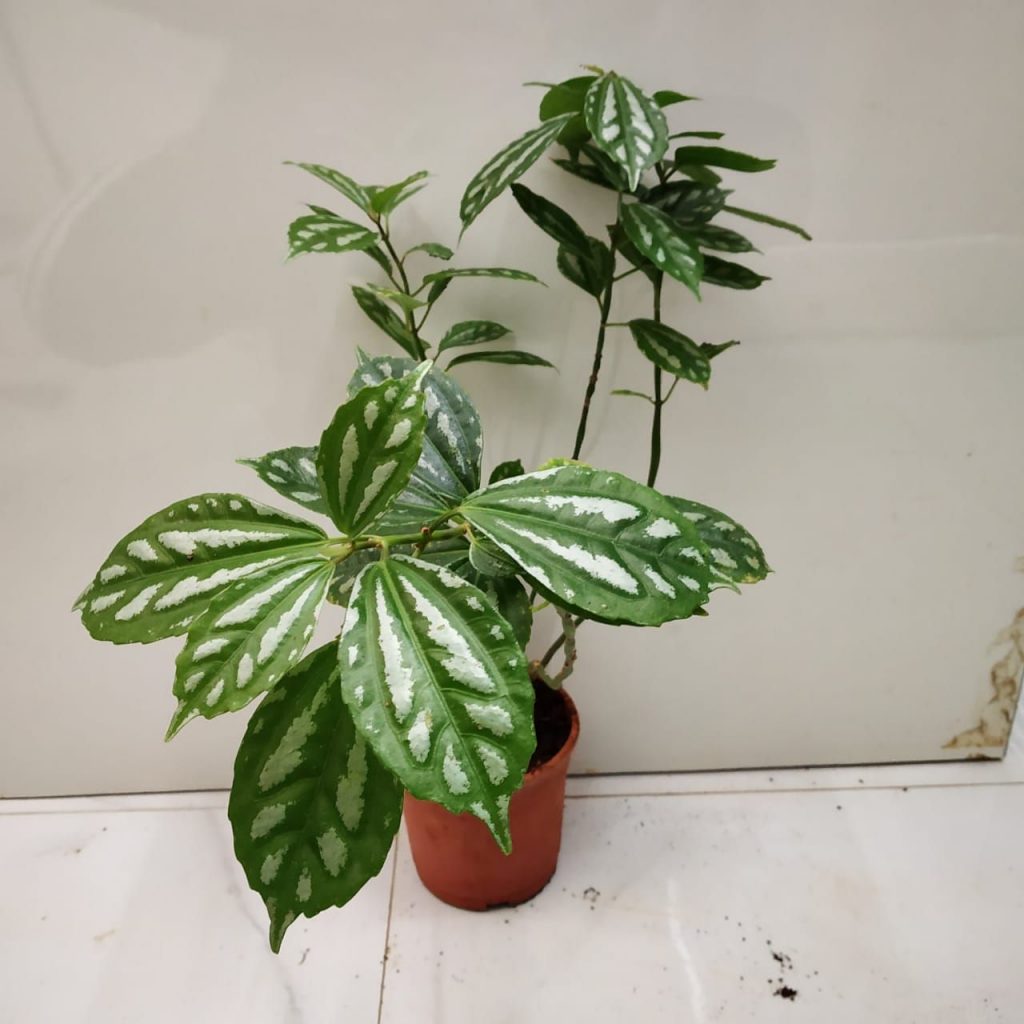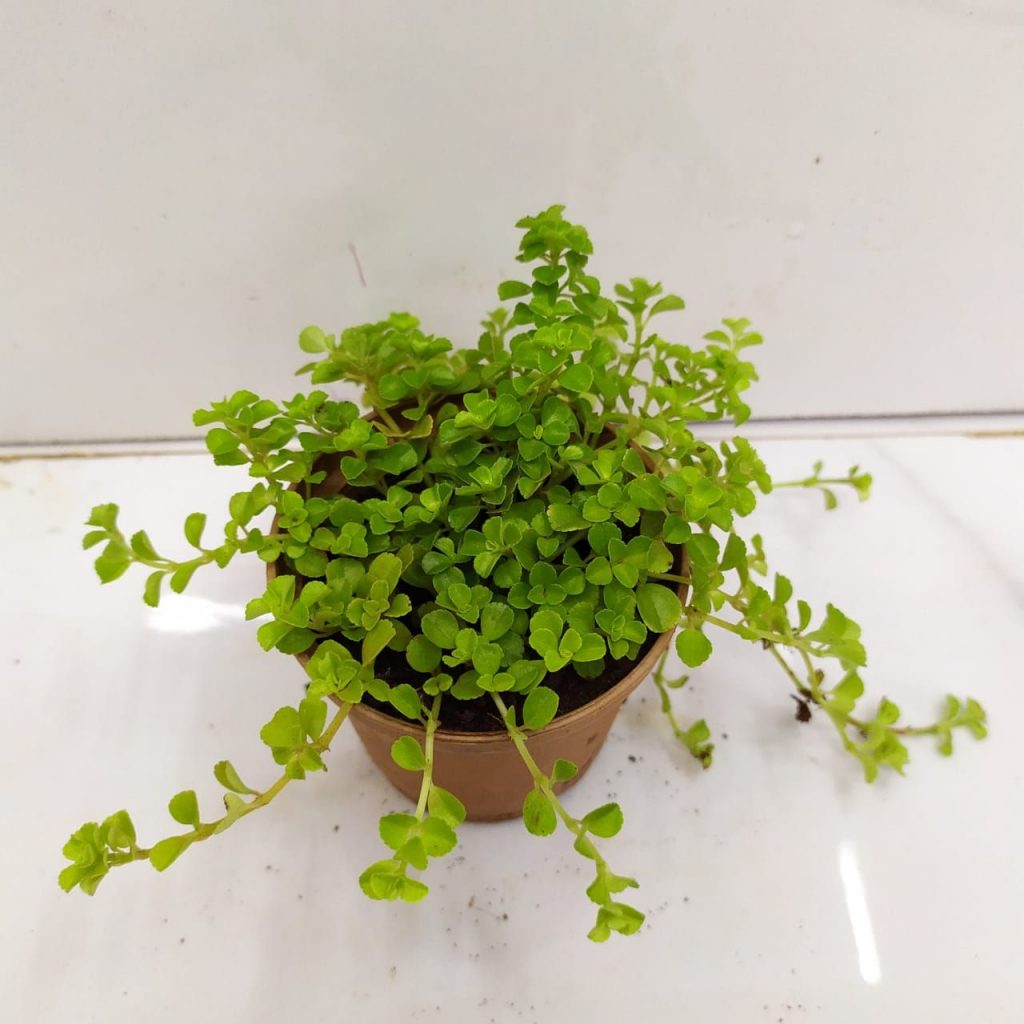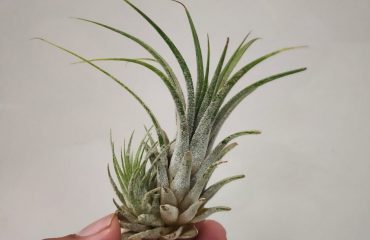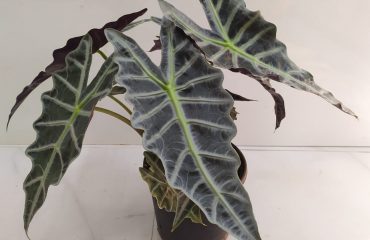How to Grow and Care for Pilea Plants Indoors
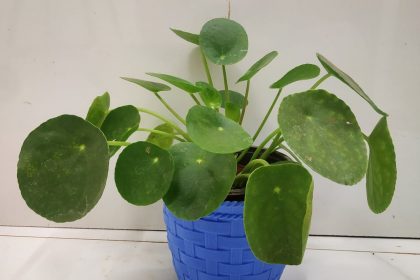
Sure, money doesn’t grow on trees, but the Coin Plant / Chinese Money Plant is worth spending some time on.
Pilea is a genus consisting of about 600 species of frost tender, tropical foliage plants that include both upright bushy types and trailing varieties. Several smaller species are commonly cultivated as houseplants because they are so easy to grow and care for. These inexpensive little plants are excellent for growing indoors.
CONTAINERS
I currently have three separate potted plants. One is in glazed ceramic, one is in a clay pot and one is in a plastic pot. All three pots have drainage holes at the bottom.
General Care
Sunlight
Medium indirect light to dappled sun.
Another aspect of Pilea plant care is the amount of light the plant receives. All houseplants have light level preferences based on their native growing conditions in the wild. Some houseplants prefer low light levels while others like bright, sunny locations. The Pilea plant falls somewhere in the middle.
Water
Water weekly. Allow soil to dry out before watering. Soil should be dry about 2″ down from surface. How often to water a Pilea Plant depends on a few different factors, including the size and material of the pot, how dry your home is, and the quality of your potting soil
Humidity
Normal room humidity is fine, but if the edges burn or crisp, raise the humidity levels.
Temperature
13°C-30°C. It’s best not to let it go below (10°C).
Common Problems
It is generally a very easy-going plant. May get spider mites and mealybugs. Treat spider mites and mealybugs as soon as they appear with weekly sprays of horticultural (Neem) oil and regular wipe-downs of the plan
SYMPTOM: Leaves turning brown and crispy at leaf edges
CAUSE: Under watered, low humidity, high salts, or potassium deficiency
SYMPTOM: Leaf curl/droopy
CAUSE: Under watered
SYMPTOM: Yellowing, possible black stems, mushiness, falling apart
CAUSE: Rot or root disease; overwatering
Precautions
Generally ok to cats, dogs, and humans if consumed. Best practice is always to keep houseplants out of reach of small children and pets.
When and how to fertilize Pilea
When it comes to fertilizing Pilea don’t overdo it. Unfortunately, most houseplants are killed with kindness. You really only need to fertilize Pilea plants once a month. And only feed the plant when it is in a state of active growth. This is typically from early spring through early fall
PROPAGATION
Propagating these plants is very simple. When I acquired my “mama” plant, it already had some “babies” peeking up through the soil. I cut each plantlet from the mother plant with a clean, sharp knife. They can either go into water to start root development or straight into moist soil. I’ve found the soil method to be quicker and easier so I no longer take the step to root the plantlets in water. After about 4-6 weeks, they are anchored in their soil and will begin to sprout new leaves of their own.
They really are a uniquely beautiful houseplant and I’m sure their rarity has added to their allure. But my favorite part about them is their ease of care and rapid propagation. Now that there are plants growing and flourishing in the US, hopefully the plant can live up to its “pass it on” legend and spread among plant loving friends.


